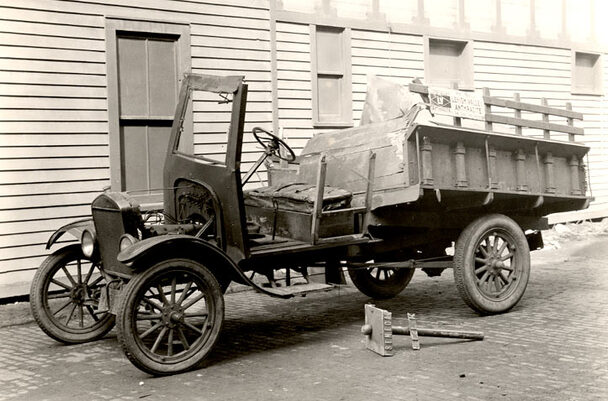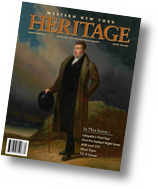Around 1915, automobile manufacturers had ceased advertising their vehicles as reliable transportation and had switched to selling the romance and adventure of driving oneself wherever one's heart might desire.
With a Model T costing only $290, and nearly three-fourths of auto purchasers buying on the installment plan, the number of motor vehicles on the roads increased to 13 million in 1923 (up from 2 million in 1915). And, in 1923, 3.7 million cars were produced in the U.S. alone.
Obtaining a driver's license was nearly as easy as obtaining a fishing license and all manner of unqualified and incapable drivers were speeding along the roads. And the lack of mandatory annual automobile inspections left many mechanically dangerous vehicles as roving accidents waiting to happen.
By the 1920's, automobile accident rates in the United States had reached unmanageable numbers (see table below).
Legislatures were becoming increasingly concerned about the number of fatalities and disabling injuries occurring on their states'
roads. Thus they began forming committees and research groups to get a broad view of the financial losses accompanying automobile
accidents, which crippled families because insurance of any kind was optional.
The investigations into the prevention of accidents focused on driver responsibility, speed, highway construction, lack of uniform traffic laws, lax license issuance, poor or no mandatory vehicle inspection, railroad crossings, and the lack of severe penalties for at-fault drivers.
But no legislative body targeted automobile construction as a possible cause of motor vehicle deaths. And yet, in the mid-1920's
when these accidents occurred in Buffalo, automobiles had no turn signals, backup lights, brake lights, safety window glass, or seat belts.
Most problematically, vehicle chassis construction was the same as it had been for horse-drawn wagons: a wood frame to which steel or aluminum body panels were bolted.
The accident above, on April 27, 1924, killed all 4 men in the car. Three were fathers and, without compulsory insurance, the fate of the working-class families with a combined 11 children was likely that of complete destitution.
|
Automobile Accident Statistics |
1930 |
2000 |
|
U.S. Population |
122,800,000 |
274,633,905 |
|
Killed Per Day |
110 |
114.5 |
|
Total Injured |
1,000,000 |
3,189,000 |
|
Percent of all Accidental Deaths |
29% |
48.5% |
|
Registered Vehicles |
(1929) 26,700,000 |
221,300,000 |
|
|
|
|
|
New York State Statistics |
|
|
|
Population |
12,588,066 |
19,190,115 |
|
Accidents |
92,276 |
331,979 |
|
Fatalities |
2,984 |
1,554 |














